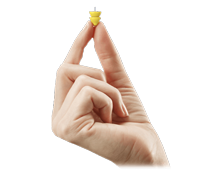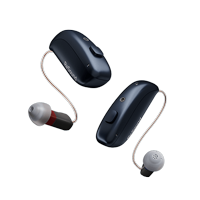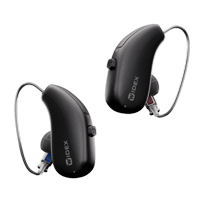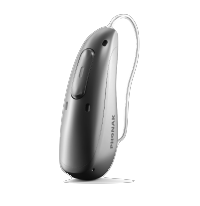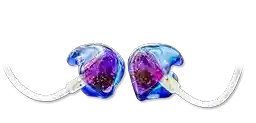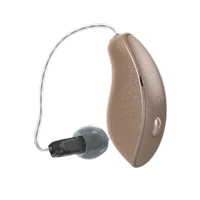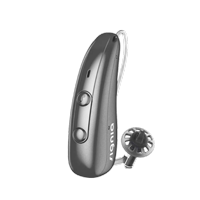How to Get Water Out of Your Ear: Safe and Effective Methods
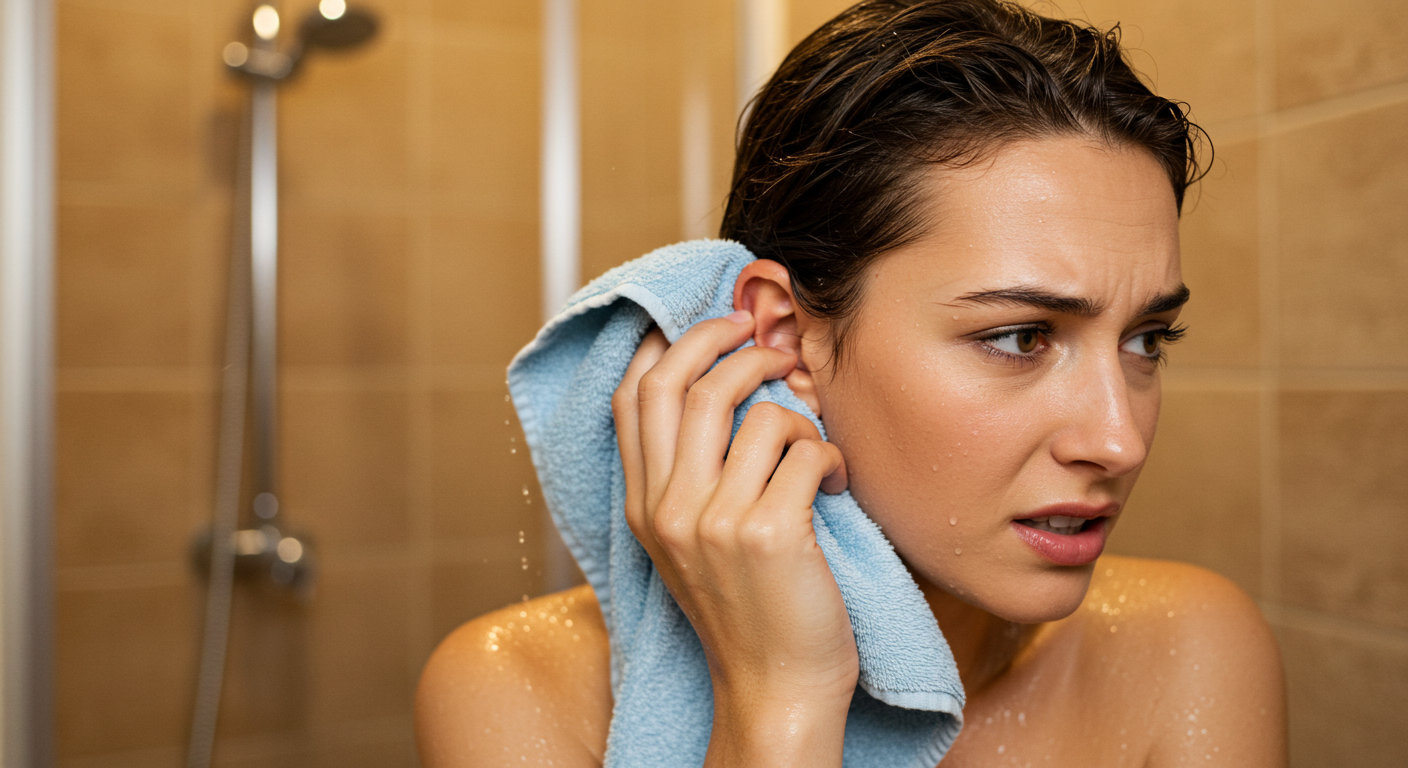
That uncomfortable sensation of water trapped in your ear after swimming, showering, or bathing is something most of us have experienced. While it’s usually just a minor annoyance, water trapped in the ear canal can sometimes lead to more serious issues like infections if not properly addressed. As hearing health professionals, we often receive questions about the safest ways to remove water from the ears, especially from our patients who wear hearing aids. In this comprehensive guide, we’ll explore effective methods to get water out of your ears, recognize when you might need professional help, and share prevention strategies to keep your ears dry and healthy.
Why Water Gets Trapped in Your Ears
The ear canal’s shape can sometimes make it difficult for water to drain naturally. Several factors can contribute to water becoming trapped in your ears, including:
- The natural curvature of your ear canal
- Excessive earwax buildup that can trap water
- Narrow ear canals
- Swimming or bathing without ear protection
- Hair or debris blocking the ear canal
According to the Centers for Disease Control and Prevention, trapped water in the ear canal can create a moist environment where bacteria thrive, potentially leading to an infection known as swimmer’s ear (otitis externa). This makes it important to remove water from your ears promptly and safely.
Safe Methods to Remove Water from Your Ears
1. Gravity and Tilting Your Head
The simplest approach is often the most effective. The Mayo Clinic recommends tilting your head to the side with the affected ear facing downward to help water drain naturally. You can enhance this method by:
- Gently tugging on your earlobe while your head is tilted
- Tilting your head and resting it on a towel for a few minutes
- Shifting positions by moving your head from side to side
2. The Vacuum Technique
This method creates a gentle suction that can help draw water out:
- Tilt your head sideways with the affected ear facing down
- Press your palm firmly against your ear to create a seal
- Flatten and release your palm repeatedly to create a vacuum effect
- Tilt your head further down to allow the water to drain
This technique is recommended by ENT & Allergy Specialists as a non-invasive way to help remove trapped water.
3. Jaw Movements
The ear canal is connected to jaw movement, so these actions can sometimes help dislodge trapped water:
- Yawning widely
- Chewing gum
- Making exaggerated chewing motions
These movements can help open up the Eustachian tubes and may allow water to drain more easily, according to Medical News Today.
4. Gentle Heat from a Blow Dryer
Using warm, dry air can help evaporate water in your ear canal:
- Set your blow dryer to the lowest heat and airflow setting
- Hold the dryer at least 12 inches away from your ear
- Pull your earlobe down and back to straighten the ear canal
- Direct the airflow toward your ear for 30 seconds at a time
The American Academy of Otolaryngology suggests this method as long as the blow dryer is kept at a safe distance to prevent burns or damage to the ear.
5. Over-the-Counter Solutions
There are several commercial products designed specifically for removing water from the ears:
- Alcohol-based ear drops that help water evaporate
- Drying agents specifically formulated for swimmers
- Earwax softening drops that may help water escape past earwax
Follow the instructions on the product and consult with a healthcare provider before using these solutions, especially if you have ear tubes, perforated eardrums, or a history of ear problems.
What Not to Do
Knowing what to avoid is just as important as knowing what to do. The Cleveland Clinic warns against these unsafe methods:
- Do not use cotton swabs or any objects to dig inside your ear canal. This can push water deeper, damage your ear canal, or even puncture your eardrum.
- Avoid ear candles. There’s no scientific evidence they work, and they can cause serious burns and other injuries.
- Don’t use alcohol drops if you have a perforated eardrum, as this can be extremely painful and potentially harmful.
- Don’t use excessive force when trying any of the methods above. Gentle techniques are always safer.
Special Considerations for Hearing Aid Users
If you wear hearing aids, water in your ears can be particularly problematic. Not only can moisture damage your hearing devices, but hearing aids can also make it more difficult for water to drain naturally. Here are some special considerations:
- Always remove your hearing aids before attempting to remove water from your ears
- Make sure your ears are completely dry before reinserting your hearing aids
- Use a hearing aid dehumidifier regularly to prevent moisture damage
- Consider using custom swim plugs if you’re a regular swimmer
According to Miracle-Ear, moisture trapped by hearing aids can increase the risk of developing infections, so it’s crucial to keep both your ears and your devices dry.
When to See a Professional
While trapped water usually resolves on its own or with the methods above, there are times when you should seek medical attention. The American Academy of Family Physicians recommends consulting a healthcare provider if you experience:
- Water trapped in your ear for more than 2-3 days
- Severe pain, redness, or swelling in the ear
- Discharge or fluid draining from the ear, especially if it’s not clear
- Decreased hearing or muffled sounds
- Fever or increasing pain
- Dizziness or balance problems
These symptoms could indicate an ear infection that may require medical treatment, such as prescription eardrops or antibiotics.
Preventing Water from Getting Trapped in Your Ears
Prevention is always better than treatment. Here are some strategies recommended by the National Library of Medicine to keep water out of your ears:
- Use earplugs or a swim cap designed for swimming to create a barrier against water
- Apply a water-repellent earplug or cotton ball coated with petroleum jelly before bathing or swimming
- Dry your ears thoroughly after swimming or bathing by gently towel-drying the outer ear
- Consider using preventive drops before and after swimming if you’re prone to swimmer’s ear
- Keep swimming pools properly chlorinated to reduce bacteria levels in the water
The Connection Between Trapped Water and Swimmer’s Ear
When water remains in the ear canal, it can remove the protective earwax barrier and create an environment where bacteria can flourish. Harvard Health notes that swimmer’s ear (otitis externa) affects approximately 10% of people at some point in their lives.
Early symptoms of swimmer’s ear include:
- Itchiness inside the ear canal
- Slight redness in the ear
- Mild discomfort that worsens when pulling on the outer ear
- Some drainage of clear, odorless fluid
Prompt removal of water from the ears can significantly reduce your risk of developing this uncomfortable condition.
Conclusion
Water in the ears is a common issue that can usually be resolved with simple, safe techniques at home. By using the methods described above and avoiding potentially harmful practices, you can effectively remove trapped water and prevent complications like swimmer’s ear.
If you experience persistent problems with water in your ears or symptoms of an ear infection, don’t hesitate to contact a healthcare professional. For our hearing aid users, remember that keeping your ears dry is an essential part of maintaining both your ear health and your hearing devices.
Turning Life up Through Better Hearing
For over 30 years, California Hearing Center has been helping people improve their lives through better hearing. If you’re experiencing issues with water trapped in your ears or have concerns about your hearing health, our team of experienced audiologists is here to help. We provide comprehensive hearing evaluations, expert advice on ear care, and specialized solutions for hearing aid users.
Or call us at (650) 342-9449
This article is for informational purposes only and does not constitute medical advice. Always consult with a qualified healthcare professional about your specific situation.


